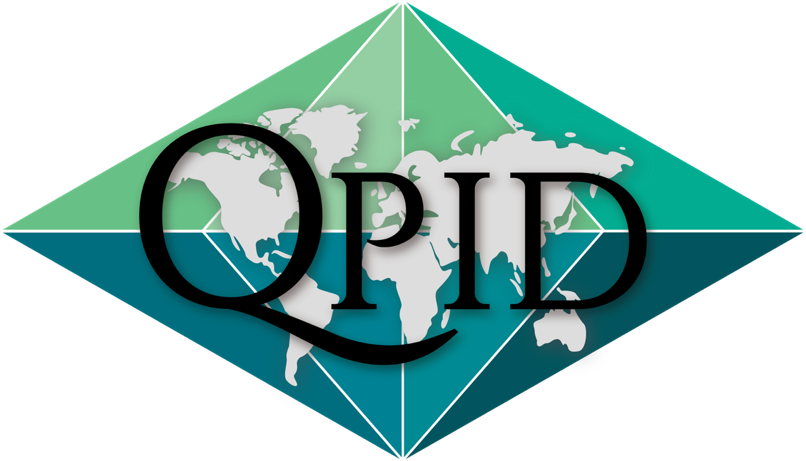Haiti: Helpless or Help Less?
Following the earthquake in Haiti 2010, there seemed to have been a call to action from first world countries all over the world for aid to come in and help the shaken nation. While intentions seemed to be immediate relief for those affected by the disaster, many began to prepare plans for long-term development.
In the years prior to the earthquake, hundreds of thousands of people migrated to Port-au-Prince to search for work in the nation’s capital. When they city was hit with the 7.0 magnitude earthquake, nearly 1.5 million people were left displaced. Billions of dollars of relief aid began to pour in.
One of the largest international relief projects was the construction of the Caracol Industrial Park in 2012, a 600-acre manufacturing facility located on the north coast. The goal of this industrial park is to divert Haitians from the heavily impoverished capital, and to build work communities surrounding this park.
As of 2013, the largest tenant of the park was the Korean clothing brand SAE-A, which would produce clothing, notably shirts labeled “Made in Haiti” to be sold in Wal-Mart for $7. Typical wages for workers in the park at the time were between $5 and $7 day, and Haitians were lining up for jobs. http://www.npr.org/2013/02/14/170783895/will-made-in-haiti-factories-improve-life-in-haiti.
While this did allow for some amount of income to be brought into the surrounding communities, there was much criticism of the park. Not only would the low wages create slums in the community, Caracol Industrial Park sits upon acres of fertile farmland which farmers were removed from to make way for construction.
Discerning whether or not these large-scale relief efforts will have a positive effect is a common scenario in development. The construction of the park, while producing jobs, has cost farmers their land and has caused negative environmental impact on the Caracol Bay area. http://newsjunkiepost.com/2015/05/07/haitis-open-vein-at-caracol-industrial-park/.
Professor Yasmine Shamsie of Wilfred Laurier University, who analyzed the failures of Caracol, has said, “The best way to help someone is to listen to what they want (…) In Haiti, a little less help would be useful.”
Indeed, Haiti does seem to need a “little less help”, as the country continues to battle a cholera outbreak nearly 5 years after the earthquake. “UN negligence in maintaining its sanitation facilities and waste disposal have also been shown to have majorly contributed to the outbreak”, and reports have identified infected UN personnel from Nepal as the source of the outbreak.
https://www.amnesty.org/en/latest/news/2015/10/un-failing-cholera-victims-in-haiti-five-years-after-outbreak/
Despite all of the relief coming into Haiti–people and projects–it still seems that Haiti is sinking further into poverty. The power to make decisions is being placed in the hands of the relief donors, but it is questionable who is benefitting from these projects. At one time, there were over 10, 000 NGOs in Haiti, but it can only be speculated how much they listened to what Haitians needed to progress themselves. It is not easy to understand whether relief and development should focus on smaller or larger projects first, but perhaps Shamsie can provide us with a place to begin: “Listen to what they want”.
http://www.cbc.ca/news/world/haiti-shows-how-wealthy-countries-continue-to-cause-disaster-1.3228695
